The term fire rated paint encompasses a variety of coatings designed to enhance the fire resistance of the surfaces to which they are applied. These specialized paints are formulated to withstand extreme temperatures and slow the spread of flames, providing critical time for evacuation and firefighting efforts. The fire retardant paint for wood, fire rated paint for steel, and other substrates are not just a safety feature but a compliance necessity in many buildings and structures.
Types and Characteristics of Fire Rated Paint
The fire rated paint market offers a diverse range of products, each tailored for specific substrates and fire resistance requirements. For wooden surfaces, products like fire retardant paint for wood and fire retardant varnish for wood are infused with chemicals that react to heat, forming a carbon char that shields the material from the flames. In contrast, fire rated paint for steel is designed to expand under heat, creating an insulating barrier that keeps the metal below its critical temperature, preserving its load-bearing capacity. Specialty coatings such as fire retardant paint for exterior wood are formulated to withstand weather elements while providing fire resistance, making them ideal for outdoor applications. For interior use, class o paint is often sought after for its ability to meet stringent building codes. The range also includes fire retardant paint for doors, including options for wooden and steel doors, which are critical for preventing the spread of fire through openings in fire-rated walls.
Structure and Operation of Fire Rated Paint
The efficacy of fire rated paint lies in its complex structure, which is a carefully engineered blend of fire-retardant chemicals and binding agents. Upon application, the paint forms a thin, inconspicuous layer. However, in the event of a fire, this layer reacts to the heat, causing the intumescent substances within the paint to expand dramatically. This expansion is a result of a chemical reaction that generates a foam-like char, which is much thicker than the original paint film. This char is dense and provides thermal insulation, slowing down the heat transfer to the substrate. Additionally, it acts as a barrier to oxygen, which is necessary for combustion, thus protecting the surface from igniting.
Materials and Properties
The materials used in fire rated paint are selected for their ability to resist and withstand high temperatures. The base material, typically an acrylic resin, is known for its excellent adhesion and durability. To this base, fire-retardant and intumescent compounds are added. These may include hydrates that release water vapor when heated, diluting flammable gases and cooling the surface. Other materials might be phosphorus-containing compounds that promote char formation, or borates that act as flame retardants. The choice of materials is also influenced by environmental considerations, with a growing emphasis on non-toxic, low-VOC (volatile organic compounds), and eco-friendly options that contribute to safer indoor air quality and a reduced environmental footprint.
Business Usages and Applications
Fire rated paint is utilized across a spectrum of industries, each with its own set of safety standards and requirements. In the construction industry, it is applied to residential and commercial structures, safeguarding lives and property. In the marine sector, it protects ships and offshore platforms, where escape routes are limited and fire safety is critical. The aerospace industry applies it to aircraft components, where weight and fire resistance are paramount. Even in the automotive industry, fire rated paint is used to enhance the fire safety of vehicles. Beyond these, entertainment venues, hospitals, schools, and public transportation systems all benefit from the application of fire retardant coatings, demonstrating the widespread need and utility of these products.
Functions of Fire Rated Paint
The primary function of fire rated paint is to delay the onset of fire and prevent the spread of flames. This is achieved through the paint's ability to form an insulating barrier that protects the coated material from high temperatures. In addition to this passive fire protection, these paints also serve a preventive function by resisting ignition. Some formulations are designed to emit less smoke and fewer toxic fumes, contributing to safer evacuation conditions. Furthermore, the paint's intumescent properties are activated only when needed, which means that under normal conditions, the paint remains stable and does not compromise the aesthetic or structural integrity of the substrate.
Features of Fire Rated Paint
The unique selling points of fire rated paint include its intumescent nature, eco-friendliness, and versatility in application. Intumescent paints are particularly noteworthy for their ability to expand many times their original thickness, forming a char layer that provides excellent thermal insulation. Eco-friendly options are increasingly available, offering low-VOC formulations that are better for both the environment and human health. Versatility is another key feature, with paints available for a variety of substrates and suitable for different environments, from indoor to outdoor, and from residential to industrial settings. The range of fire resistance times, from 1 hour fire rated paint for wood to 2 hour fire rated paint, allows for tailored fire protection strategies based on the specific risks and requirements of each project.
Benefits of Fire Rated Paint
The application of fire rated paint provides a multitude of benefits. It significantly enhances the fire resistance of structures, which can be a deciding factor in the preservation of life and property during a fire. Compliance with fire safety regulations is another benefit, as is the potential for reduced insurance premiums due to the increased safety measures. The aesthetic flexibility of fire rated paints also means that safety does not have to compromise the design vision, as these paints can be integrated seamlessly into the overall look of a building or structure. For businesses, this can translate into maintaining brand aesthetics while ensuring safety.
How does fire rated paint contribute to safety?
Fire rated paint contributes to safety by providing a passive fire protection system that delays the spread of fire, allowing more time for evacuation and reducing the speed at which a fire can spread. This can be the difference between a controllable incident and a catastrophic event, making it an essential component in modern building safety protocols.
What are the certification standards for fire rated paint?
Certification standards for fire rated paint vary by region, but they generally include rigorous testing to ensure that the paint can withstand a fire for its rated duration. Common certifications may include 1 or 2-hour fire resistance ratings, and the paint may be tested to comply with specific industry standards such as the class O paint rating.
How to choose the right fire rated paint for a specific project?
Choosing the right fire rated paint involves considering the type of substrate, the required fire resistance duration, and the environmental conditions of the area where it will be applied. It is crucial to select a paint with the appropriate intumescent properties for the material it will protect, such as fire retardant paint for wooden doors or fire rated spray paint for steel structures.

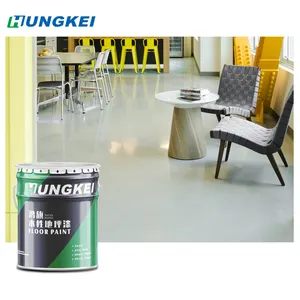
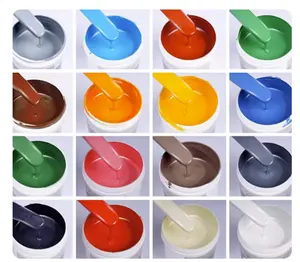



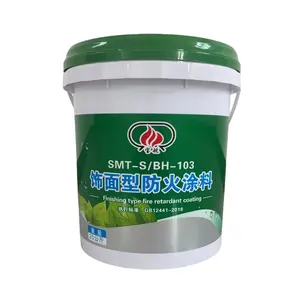

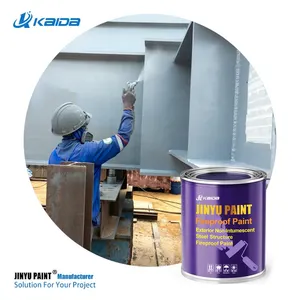




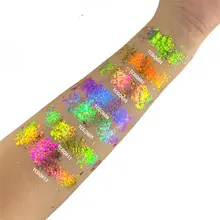
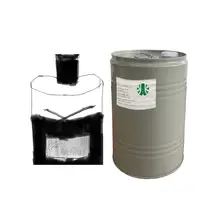




























 浙公网安备 33010002000092号
浙公网安备 33010002000092号 浙B2-20120091-4
浙B2-20120091-4